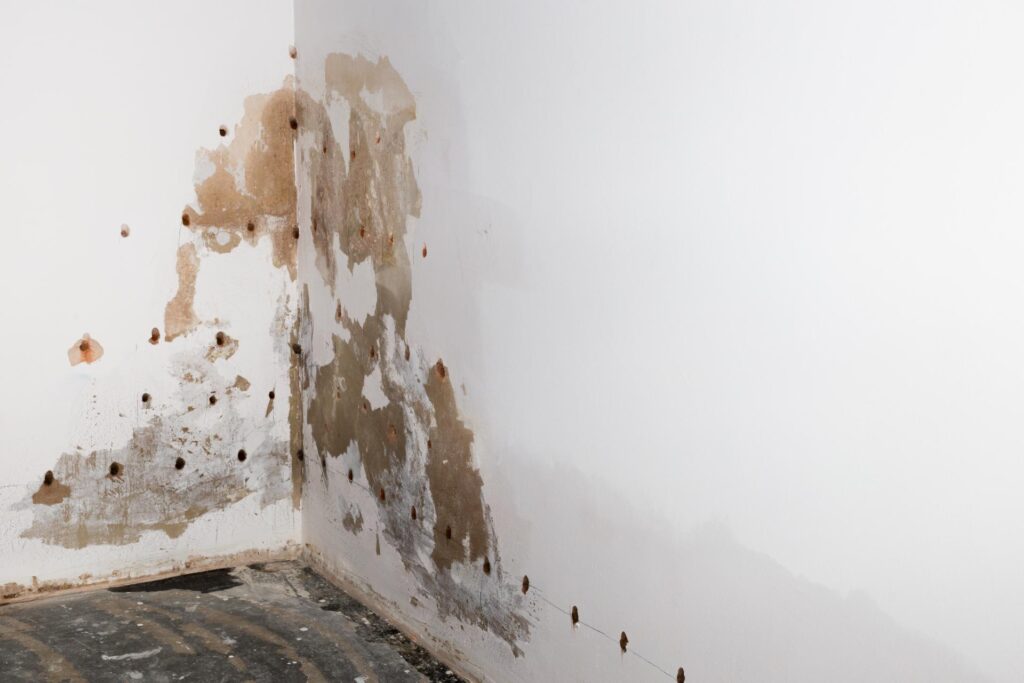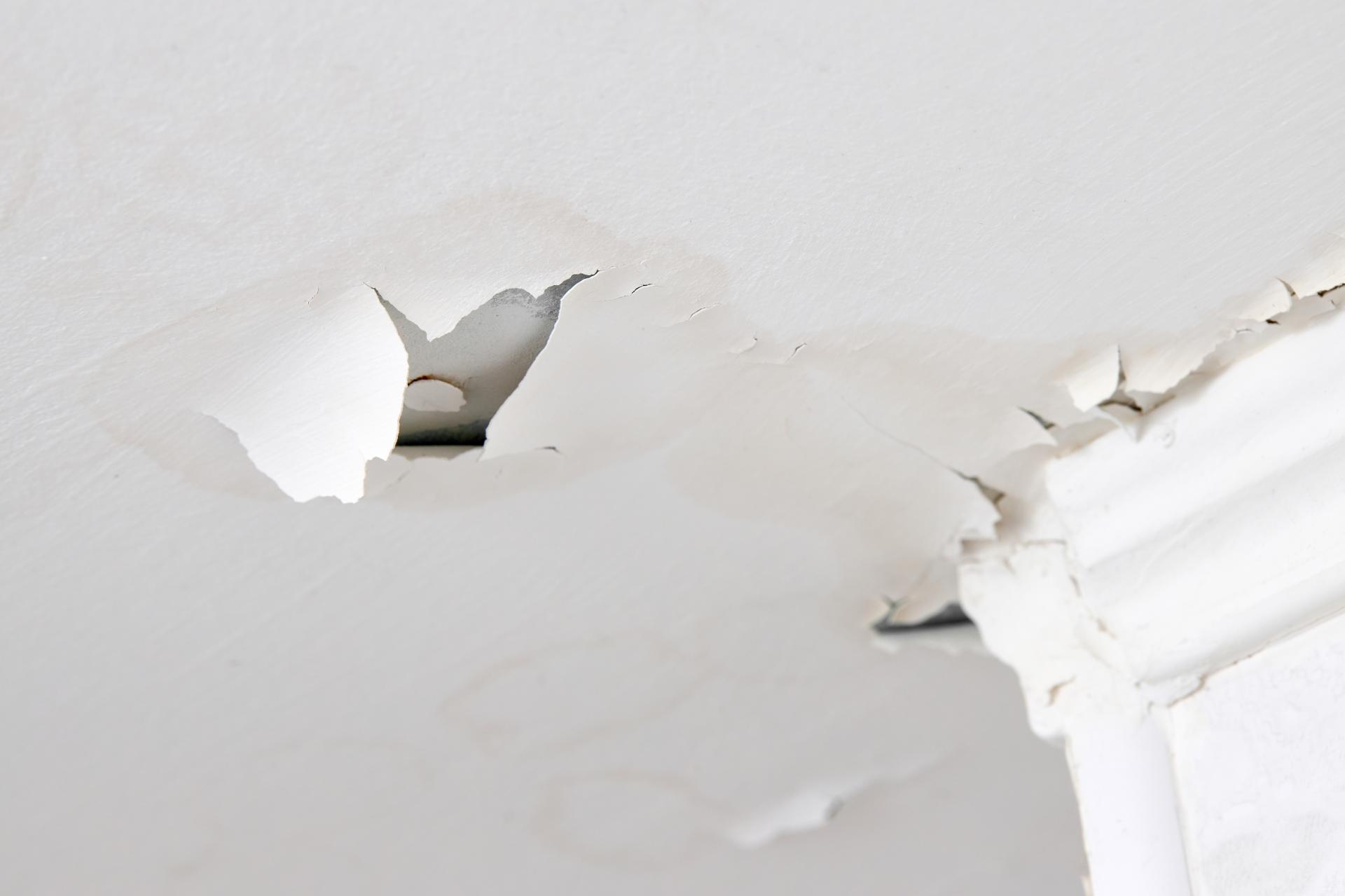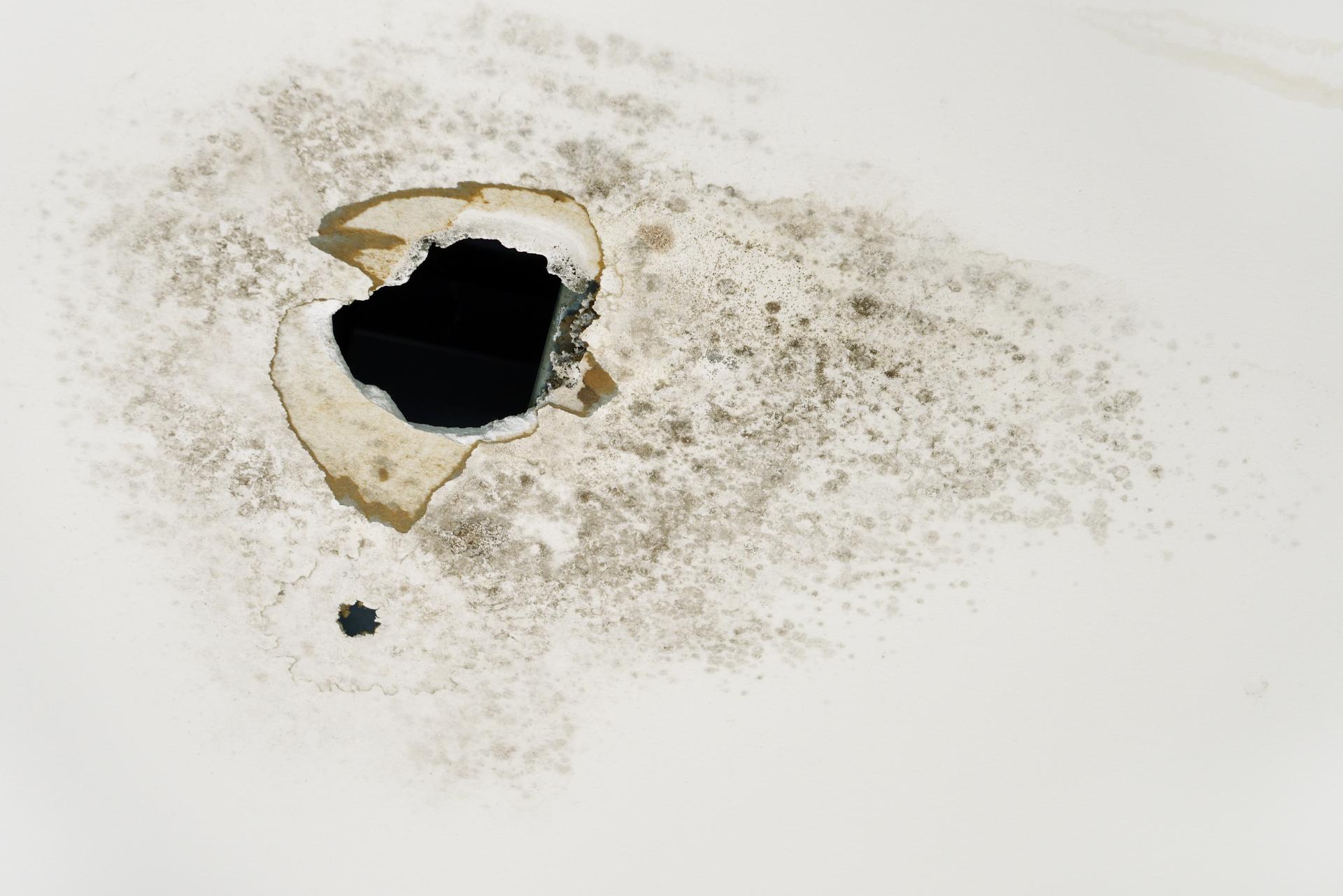Damp and mould can pose a serious issue for tenants. Recent news coverage has recounted harrowing stories of children suffering and dying due to the presence of damp and mould and the lack of action from landlords and management companies to deal with the problem.
It’s not something that should be left untreated and it’s the landlord’s obligation to fix the problem. The issue with damp and mould, however, is that they can still return once initially removed, meaning it can be an issue that requires consistent monitoring and treatment.
What is damp?
Damp is the presence of excess moisture in a room. Moisture can often work its way into the structure of a building with damp patches appearing on walls and ceilings.
There are a variety of causes ranging from rainfall, moisture rising up from the ground, and condensation from within the property.
Damp can lead to the formation of mould which can cause respiratory-related health issues. Those with conditions like asthma are particularly at risk.
What is mould?
Mould can form as a result of the presence of damp in walls and ceilings, however, it can also form on its own. Mould is a fungus that breaks down dead organic material. It is produced in damp, humid conditions, requiring moisture, warm air, and materials (such as wallpaper) to form.
Activities such as showering, cooking on the hob, and simply breathing can create water vapour which can condense on cool surfaces, providing the foundations for mould formation.
You can help prevent mould formation by ventilating your property, using anti-mould sprays, dehumidifiers, and ensuring there is adequate insulation to prevent the formation of condensation.
What can tenants do to prevent damp and mould?
As with most issues that occur in rented accommodation, it is the landlord’s responsibility to fix them. That said, tenants should do their best to prevent mould formation by practising prevention methods.
Removing damp from the structure of the property can be an expensive task to accomplish, however, in many cases, there should be a term in your tenancy agreement stating that it is the landlord’s responsibility to maintain the exterior and structure of your home.
However, if you’ve reported the presence of damp and mould to your landlord but they haven’t done anything about it, there is an action you can take. Tenants can contact the local authority’s Environmental Health department. If the problem is deemed to be a risk to your health or a nuisance, the local authority may be able to force your landlord to take action.
Failing this, court action is also a possibility, although this can be expensive and time consuming, so should only be considered as a last resort.



